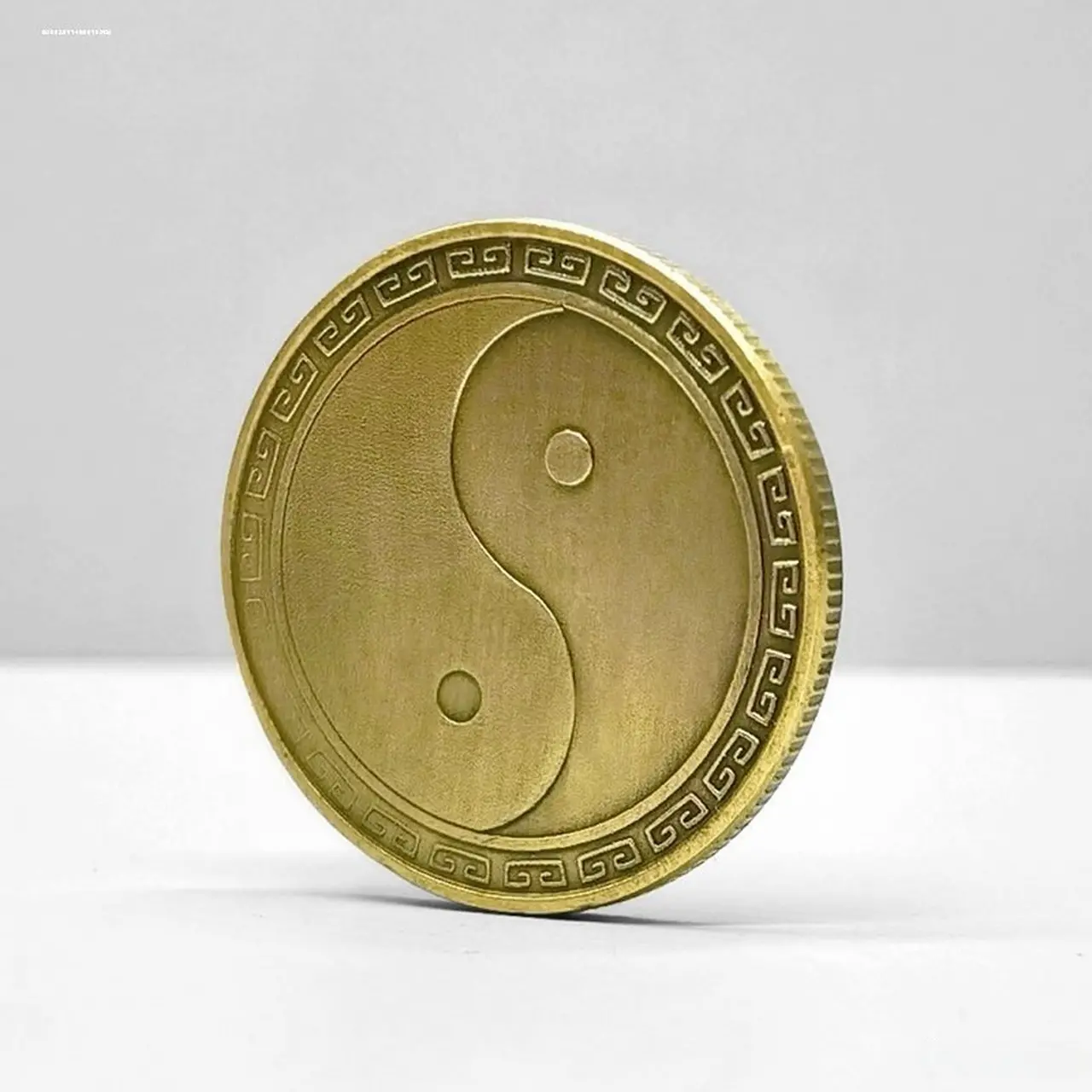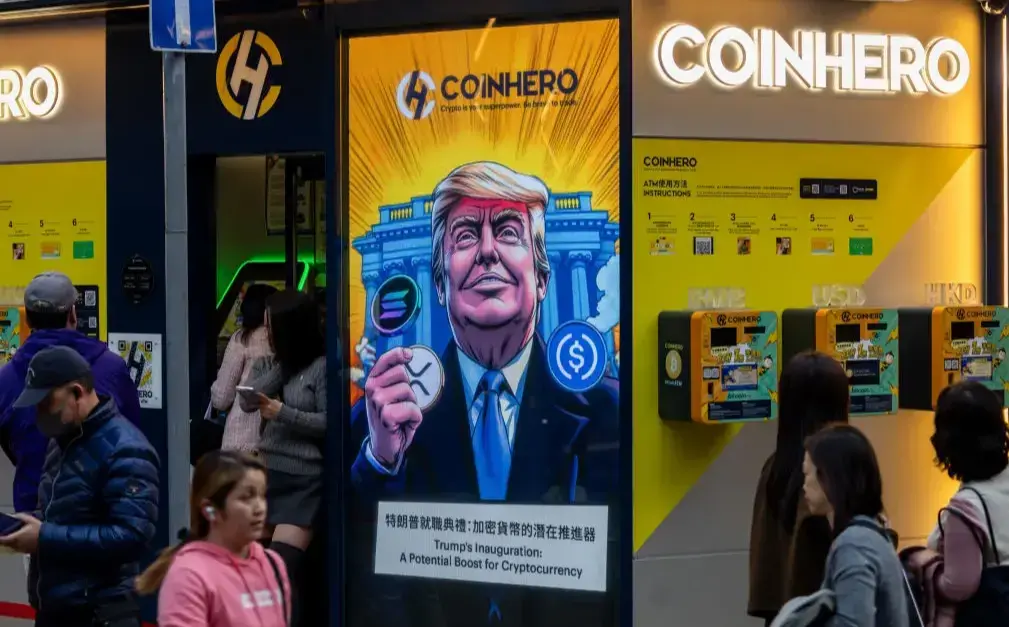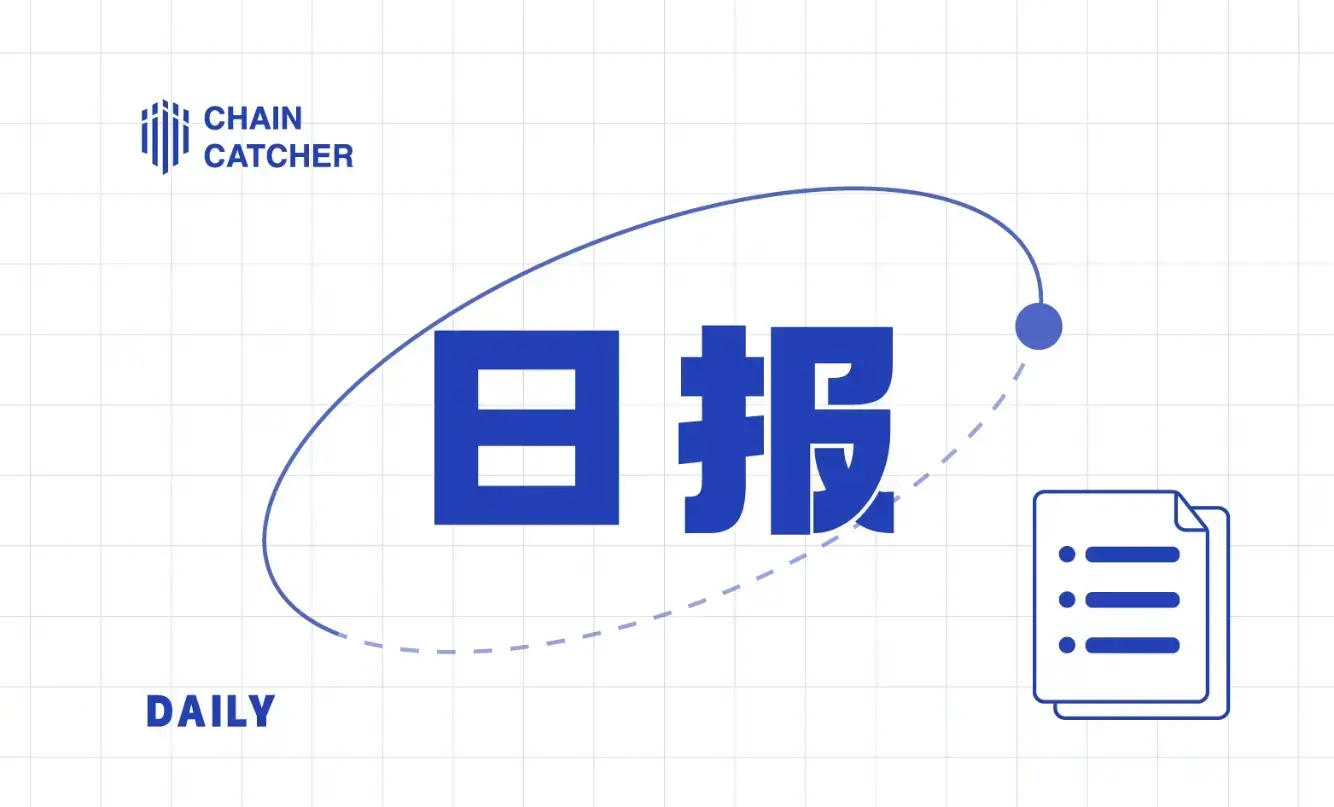Guide for Cryptocurrency Startups: How to Find the Fit Between Tokens and the Market
Author: Mark Beylin, Boost VC
Compiled by: Yangz, Techub News
In Paul Graham's article "Be Good," the founder of Y Combinator outlines how startups can find product-market fit by creating things that people want. If we believe that tokens are the product, then the question we face is: how do we create tokens that people want?
Paul's first suggestion is not to worry too much about the business model at the beginning, although he acknowledges that creating value without worrying about value capture is something only charities would do. In the cryptocurrency space, we see the opposite: by issuing utility tokens that people must purchase to use (sometimes requiring purchases years in advance), value is inevitably captured before it is created. This may also explain why many successful crypto token ecosystems initially appeared more like scams than charities, especially to those well-versed in traditional startup building models.
To find cryptocurrency startups that match the token market, could it be possible, as Paul initially suggested, that we should not worry about creating direct value for token holders, but instead focus on capturing value first by selling tokens?
Tokens - Tools for Discovering Narratives
For early-stage startups that have not found product-market fit, one of the most challenging difficulties is continuously communicating with customers to understand their interest in new products or features. Founders need to develop relationships with various stakeholders in the ecosystem, establish tight feedback loops, and design solutions that fully meet market needs. The tighter these feedback loops, the faster the team can iterate to find the best solutions and test them in the market. However, just communicating with customers does not scale; after all, there are only so many people willing to meet or talk with you… how do you connect with other customers?
When observing existing projects with issued tokens, it is not difficult to find a feedback loop between the token's price and the market's expectations of the future value that the token ecosystem will create. Whether it's Uniswap raising token prices in response to its fee conversion proposal, Vitalik selling MKR in response to Maker's plans to launch its own chain, or DEGEN raising prices in response to plans for launching L3, we can see that token prices react quite sensitively to news about specific projects' future plans.
Tokens serve as a prediction market, forecasting the collective interest of the crowd in a project's direction and the expected likelihood of achieving that goal. The efficiency of this feedback loop is determined by the token's liquidity; tokens with higher liquidity (like BTC and ETH) respond immediately to news events, while smaller projects attract fewer speculators (trading based on news events). However, if new buyers are interested in the narrative being built by the project, meaning they believe the outlined solutions will be valuable to a certain group in the future, even tokens with lower liquidity can attract new buyers. The significant increase in valuations of AI tokens over the past six months is a testament to this: although currently very few tokens provide value to their holders, the market has repriced these ecosystems based on the immense value that traditional AI startups have already created.
The interesting part of this process is that by launching tokens and attracting enough liquidity attention (to make it worthwhile for people to spend time/money trading on your news), teams can form an extremely tight feedback loop regarding their future product releases. While conversing with users, cryptocurrency product builders can also temperature-check product decisions through iterative cycles until they find decisions that the market values (i.e., decisions that significantly increase the value of their tokens). Once this situation arises, you can know that you are moving in a direction that the market finds meaningful, allowing you to use the token's price mechanism as a tool for discovering mass market demand without needing to build anything in advance.
Tokens - Efficient Venture Capital
The mechanism that allows people to buy tokens based on their belief in the future needs that the project can meet is at the core of venture capital. It leverages the prerequisites for creating value that Paul Graham typically describes, which is why founders have technically been acting this way.
Typically, startups raise venture capital because they have a specific set of goals or plans that require new funding. This also provides founders with a certain feedback loop (if venture capitalists are not interested in your new plan, they won't invest), but this feedback loop is both exclusive and opaque, occurring only about every 18 months.
The emergence of tokens allows anyone to freely participate in funding new projects at any time, increasing the supply of funds available for purchasing early projects in the market, thereby improving the proportion of projects that receive funding. If a new proposal expands the market opportunities for the token by providing new use cases, the market will assign a higher value to that project, and the diversity of tokens will also expand accordingly. With tokens, the market becomes a direct financing mechanism for innovation, which is at the core of why tokens are a powerful tool for expanding human potential.
While venture capitalists love to wax poetic about their affection for tokens, what is often overlooked is that tokens directly compete with venture capital; they are substitute products. As a former founder and now a venture capitalist, I believe there is a moderate amount of venture capital that is useful and necessary for all founders. The appropriate amount of funding depends on the team itself and the market they are in, but I believe it is not zero for any project. During times when public token markets are exhausted, venture capital firms have also played a crucial role in continuing to fund early projects, often reaping substantial rewards for taking on this risk.
Surviving Market Cycles
One downside of tokens is that capital flows with the attention in a specific ecosystem. Market participants are not all the same; the attention of specific investors is related to their own beliefs. People constantly adjust their portfolios based on their latest views, so the intensity of the token cycle depends on its ability to continuously attract the attention of market participants.
One way founding teams address this issue is through "narrative surfing," which involves constantly linking their projects to the latest hot value propositions in cryptocurrency that attract liquidity, hoping to maximize the token's value by continually expanding the goals that the token can achieve.
Another way teams maintain freshness is by using memes: excellent memes resonate within the community, creating a snowball effect, and the current "meme wars" among communities are quite fierce. Communities with strong meme creation cycles can ensure that a large amount of content about the project is continuously created/shared on social channels, keeping their tokens in the spotlight. This is why memes are a necessary factor in maintaining sufficient liquidity for tokens, and one of the reasons meme coins can continuously attract and retain liquidity. Getting the right people into the ecosystem early will give them the intrinsic motivation to talk about the project and help it grow. If too many tokens are airdropped to those unwilling to continuously share the project, it will be difficult for the project to maintain attention in the long run.
Avoiding Over-Financialization of Decisions
Imagine a world where the market is completely efficient, and the price of a project's token acts like a perfect oracle, predicting whether a particular course of action is optimal. Perhaps the market is also filled with numerous AI agents that trade tokens based on updates from various projects and can accurately predict whether a project will succeed. Moreover, project teams would only take actions deemed worthwhile by external market participants. If someone were to ask, "Who calls the shots here?" the correct answer should be the entire market (through the token's price), with others in the ecosystem surrounding the token merely acting as managers or custodians to help achieve market goals. But would this organizational governance system actually achieve greater success than other models?
I believe the answer is no.
First, the best founders in specific industries often hate being told what to do. They have a deep understanding of their market and their own insights into the best course of action. Second, the best founders are often able to accept these deviations from mainstream consensus; in fact, they often take pride in it. Importantly, these deviations are precisely why they create such successful companies: every market misunderstanding is an arbitrage opportunity, a reward for the first person brave enough to dissent. The most successful companies of our time have all gone through long periods where the market actively undervalued their work, and it is their ability to withstand this force that has allowed them to maintain value over the long term.
Great founders are visionaries; they do not optimize around local minima like others but explore new territories in hopes of discovering new opportunities that others believe do not exist. To do this, they pose questions that others have never thought of, rapidly switching between different concepts based on intuition in situations with very little data. This helps them achieve product-market fit faster than their competitors, win the market, and create valuable ecosystems out of thin air.
If a team collects valuable new data about untapped markets, the last thing they want to do is publicly share that data. However, if they keep their cards close to their chest, it will be difficult for even the best founders to attract public market attention. Nevertheless, they will benefit from attracting funding through private placements (where participants are vetted and trustworthy) and will also benefit from finding crazy investors who can see the vision and think intuitively like them.
How Can We Truly Find the Fit Between Tokens and the Market?
Returning to our initial question, we believe that tokens are a powerful tool that teams can use to discover market demand and suitable narratives for themselves. Like previous product founders, token founders can rapidly iterate on the value proposition of their tokens based on the immense feedback provided by tokens.
To keep this feedback loop vibrant, teams should strive to continuously attract investor attention on social platforms. They should maintain a deep awareness of the various narratives around them and understand why the market values each narrative. They should leverage content and memes to consistently appear within people's attention spans, ensuring that people do not lose interest and rebalance their portfolios. Most importantly, teams should focus on attracting high-value contributors who believe in the project's vision and are willing to provide funding and energy support. If teams can do this well, they can build a strong army of HODLers who will not sell their tokens and will promote the tokens to new audiences.










